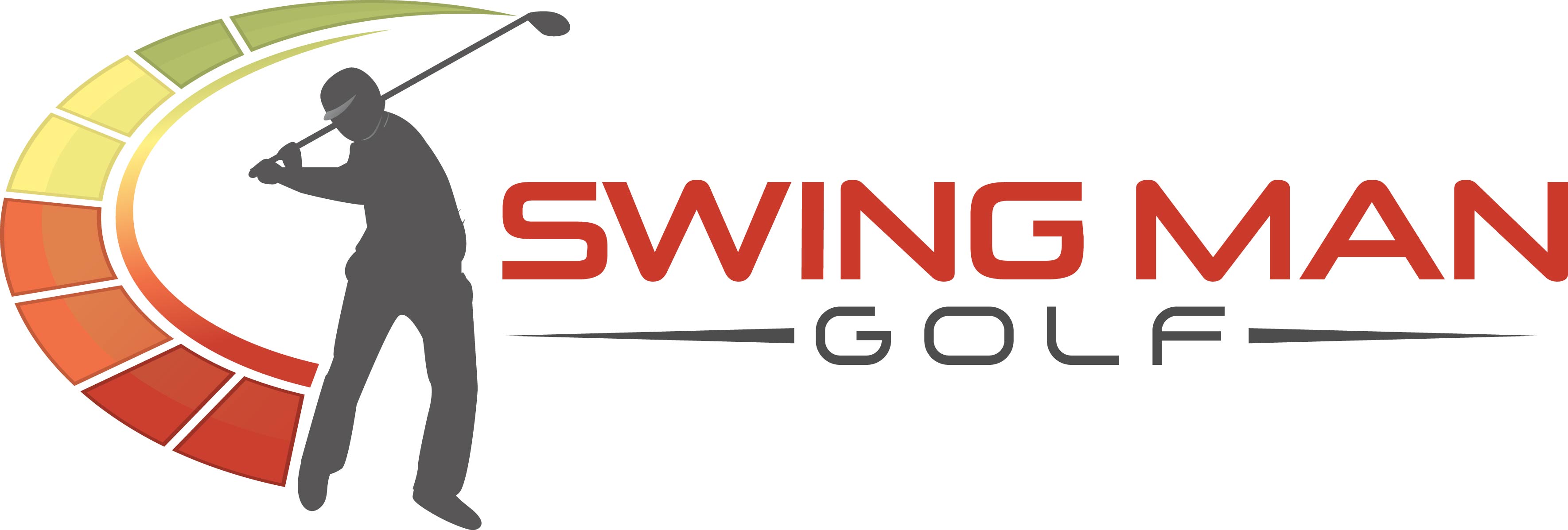By Paul Myers
You likely have heard of Trackman Golf. This piece of advanced equipment is great for measuring a variety of variables within the swing including club head speed, launch angle, spin rate, and more. While the information that Trackman can offer is highly valuable, it can seem like a foreign language to those who aren’t familiar with all of the different terms that get thrown around.
If you would like to learn more about the terms related to Trackman Golf, you are in the right place. Below you will find several of the most-common Trackman terms, and a quick description of what they mean.
Club Head Speed (CHS)
The club head speed is the speed that the club head is traveling at when it comes through the impact zone. This is one of the single most important elements of distance, and greater club head speed almost always correlates to more distance. For every 1 mph of club head speed you have with the driver, you get approximately 2.5 yards more distance. Get started on some swing speed training programs like what we have here at Swing Man Golf…and get yourself more club head speed!
Attack Angle
Attack angle is a measurement of the angle at which the club head approaches the ball at impact. Assuming we are looking at a driver swing, a positive attack angle of a few degrees is usually desirable to maximize distance. A negative attack angle means the club is moving downward into the ball – good for iron shots, but less-desirable for the driver from a distance standpoint.
Ball Speed
This one is simple – the speed at which the ball is traveling when it leaves the club face. While it might seem like a faster ball speed would always equal more distance, that isn’t necessarily the case. There are a number of variables in the distance equation, so you can’t always assume that a faster ball speed will mean a longer drive. However, it is good to move the ball off the tee as fast as possible, assuming your other launch condition measurements are in line as well.
Launch Angle
The angle up from the ground that the ball launches at is known as the launch angle. Trackman Golf is able to measure this angle as one of the key components to distance off the tee. Launch angles that are too high will create shots that float up too much into the air and come down steeply into the fairway – reducing carry and limiting roll. Lower launch angles can create line drive shots off the tee which might run quite a bit in the fairway, but won’t be ideal in terms of maximizing carry.
Spin Rate
How much spin is on the ball when it leaves the club face is another important element to overall distance. Trackman Golf will record spin rate for all of your swings so you can see how different clubs perform and which combination of shaft and club head may be best for your swing. Too much spin and/or too little spin are not good for tee shots, approach shots, and short game shots around the green. Launch angle and spin rate are often tied closely to one another.
Carry
Simply, the carry distance of the ball on a given swing. When it comes to this number, it’s generally good to have as high a carry distance as you can achieve off the tee on the golf course. You can also carry more of the trouble like bunkers and hazards as well as not roll through doglegs.
One exception to that rule would be for golfers who frequently play in windy conditions and would rather have a flatter ball flight that can penetrate the wind, or perhaps if you play a course with hard fairways, or someone desiring to maximize their drives for total distance and not just carry.
If you liked the article about the Trackman Golf terminology and you think it would help another golfer, please
To learn more about Swing Man Golf products and how to maximize your driving distance using Trackman numbers, click here.
